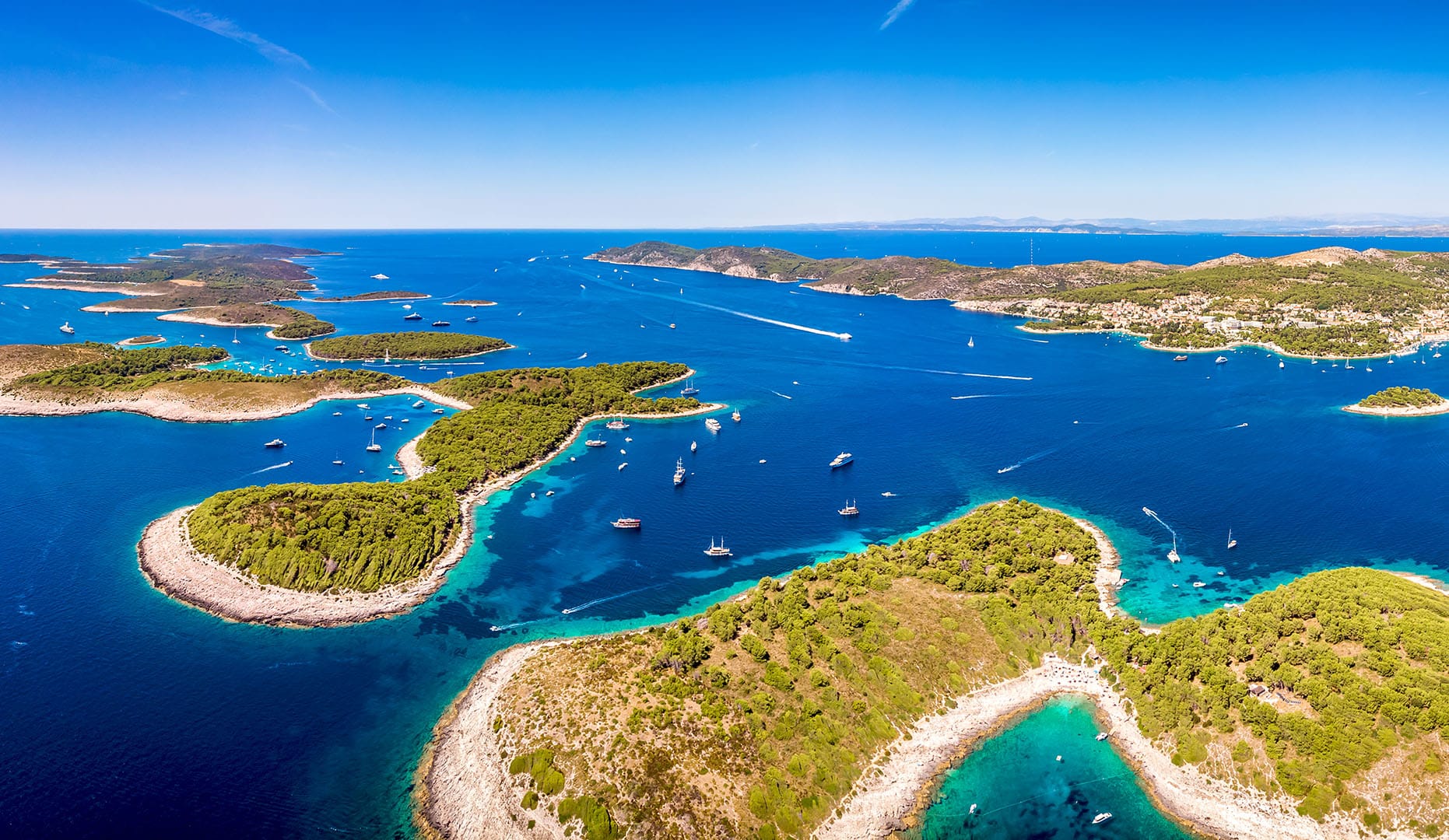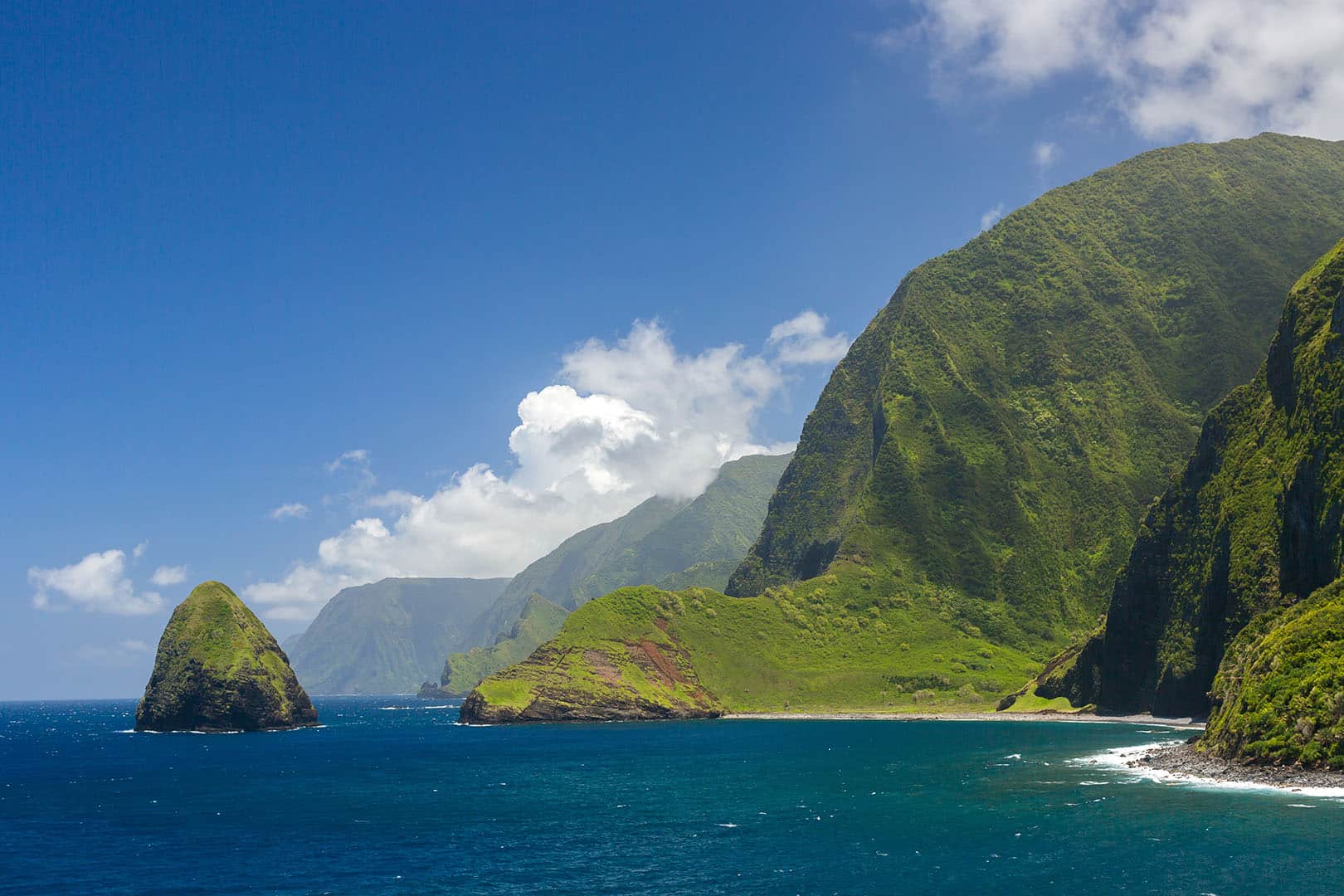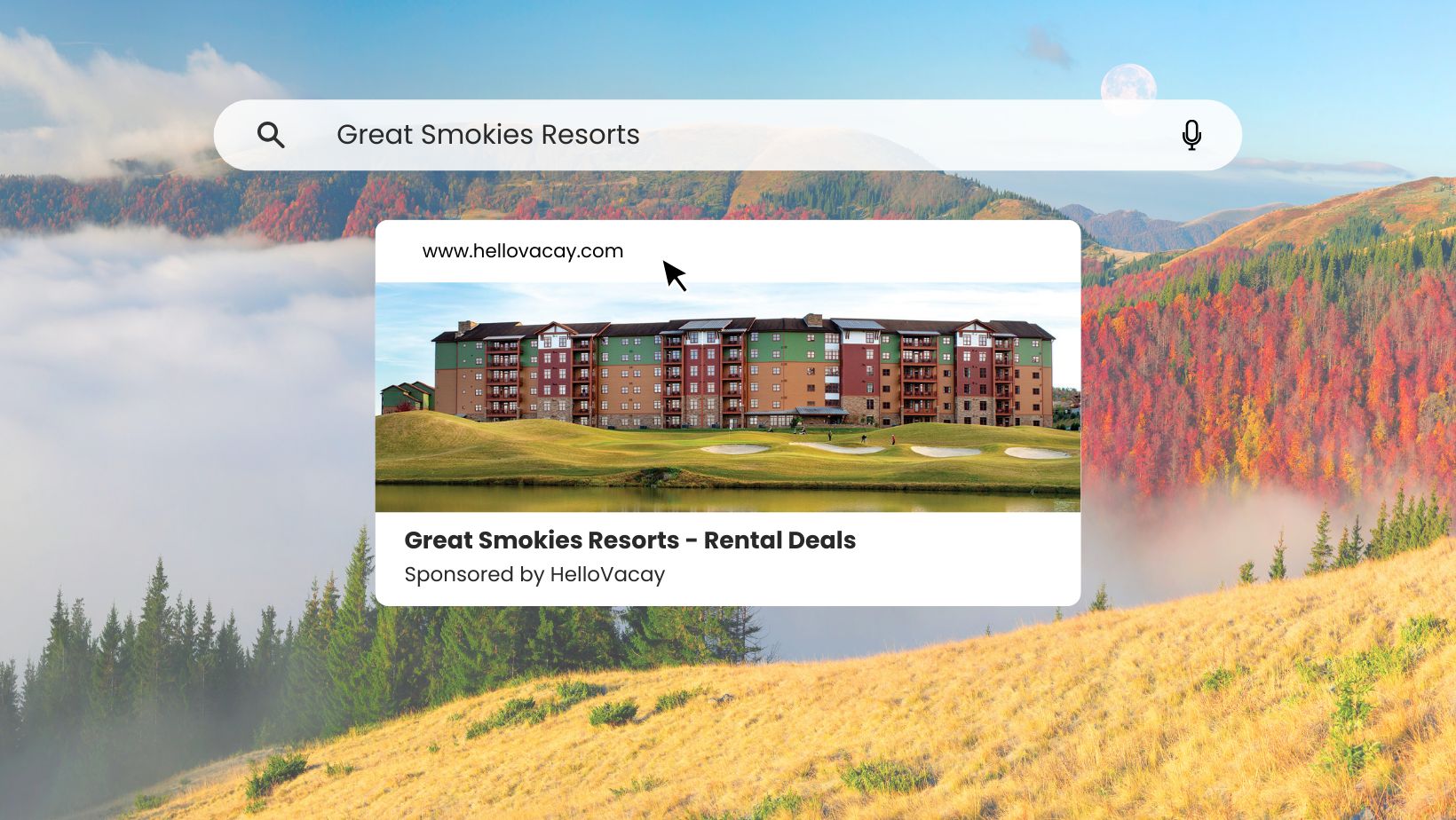In recent years, the travel industry has faced a growing challenge: overtourism. Popular destinations like Venice, Barcelona, and Thailand's Maya Bay have struggled with the influx of visitors, leading to environmental degradation, strain on local infrastructure, and erosion of cultural authenticity. In response, many countries are adopting a novel approach to combat this issue – promoting alternative, lesser-known destinations to spread out visitor impact.
The Strategy of Dispersal
Tourism boards and governments worldwide are recognizing that the solution to over tourism isn't necessarily to reduce overall visitor numbers, but to redistribute them more evenly. By highlighting off-the-beaten-path locations, they aim to:
- Relieve pressure on over touristed hotspots
- Spread economic benefits of tourism to more communities
- Provide travelers with unique, authentic experiences

Countries Leading the Charge
Italy: Beyond Rome and Venice – Italy, home to some of the world's most visited cities, is actively promoting its smaller towns and rural areas. The “Borghi” initiative showcases charming villages like Civita di Bagnoregio and Castelluccio, offering visitors a taste of authentic Italian life away from the crowds.
Japan: Exploring the Countryside – While Tokyo and Kyoto draw millions, Japan is encouraging tourists to explore rural prefectures. The “Setouchi Tourism Authority” promotes the serene Seto Inland Sea region, home to art islands like Naoshima and historic towns like Onomichi.
Croatia: Islands Beyond Dubrovnik – Dubrovnik's popularity, boosted by “Game of Thrones,” has led to severe overcrowding. In response, Croatia is promoting its myriad islands, such as Vis and Lastovo, offering pristine beaches and rich cultural experiences without the crowds.

Innovative Promotion Techniques
Countries are employing creative strategies to spotlight these alternative destinations:
- Influencer Partnerships: Collaborating with travel influencers to showcase hidden gems
- Thematic Routes: Creating themed itineraries that link lesser-known sites, like Portugal's historical villages route
- Local Experience Programs: Developing programs that connect visitors with local communities in off-the-beaten-path areas
- Infrastructure Development: Improving transportation and accommodations in emerging destinations to make them more accessible
Challenges and Considerations
While promoting alternative destinations shows promise, it's not without challenges:
- Ensuring these new areas are prepared for increased tourism without falling into the same over tourism trap
- Balancing economic development with preservation of local culture and environment
- Educating visitors about responsible tourism practices in these emerging destinations
The United States: Dispersing Crowds in National Parks
The United States, with its vast and diverse landscape, faces unique challenges with over tourism, particularly in its national parks. Here's how the country is addressing these issues:
The U.S. National Park Service has been actively working to disperse visitors from overcrowded parks like Yellowstone, Yosemite, and the Grand Canyon (often referred to as part of the “Big Five”).
- Promoting Lesser-Known Parks: The NPS is highlighting parks like Pinnacles in California, Congaree in South Carolina, and Dry Tortugas in Florida.
- Timed Entry Systems: Parks like Rocky Mountain National Park have implemented reservation systems to manage visitor numbers.
- Alternative Viewing Points: In Yosemite, for instance, officials are promoting less crowded viewpoints as alternatives to popular spots like Tunnel View.

The Great Smoky Mountains: Managing America's Most Visited National Park
While not typically included in the informal “Big Five,” the Great Smoky Mountains National Park faces perhaps the greatest overtourism challenges of any U.S. national park. As the most visited national park in the country, with over 14 million annual visitors, it has implemented several strategies to manage crowds and protect the environment:
- Promoting Less-Visited Areas: The park actively encourages exploration of lesser-known trails and viewpoints, particularly in the North Carolina side of the park.
- Off-Season Visitation: Marketing efforts highlight the beauty and unique experiences of visiting during fall, winter, and spring to reduce summer congestion.
- Parking Management: Implementation of parking reservation systems at popular trailheads like Laurel Falls to control crowd sizes.
- Alternative Transportation: Encouragement of shuttle use in popular areas like Cades Cove to reduce traffic congestion.
- Educational Initiatives: Programs to teach visitors about the impact of overcrowding and how to be responsible tourists.
These efforts in the Great Smoky Mountains serve as a model for other popular parks facing similar challenges, demonstrating how even the most visited natural areas can work to balance tourism demand with conservation needs.

Major U.S. Cities: Exploring Beyond the Hotspots
Major U.S. cities and other hotspots are also adopting strategies to combat over tourism:
- New York City: The “True York City” campaign encourages visitors to explore all five boroughs, not just Manhattan.
- San Francisco: The city promotes neighborhoods beyond Fisherman's Wharf and Chinatown, such as the Mission District and Dogpatch.
- Hawaii: The state is actively encouraging visitors to explore less-visited islands like Molokai and Lanai, rather than concentrating on Oahu and Maui.
The Future of Dispersed Tourism
As travelers increasingly seek authentic, uncrowded experiences, the trend of promoting alternative destinations is likely to grow. This shift not only addresses overtourism but also enriches the global travel landscape, offering visitors deeper, more diverse experiences of a country's culture and natural beauty.
By venturing beyond the iconic landmarks and into the heart of a nation's lesser-known treasures, travelers can play a crucial role in fostering sustainable tourism and preserving the world's most beloved destinations for generations to come.
The Great Smoky Mountains of Tennessee offer a perfect blend of outdoor adventure, serene beauty, and cultural richness. With its stunning landscapes, diverse wildlife, and endless recreational opportunities, this region captivates the hearts of nature lovers and adventure seekers alike. By grabbing a resort rental deal at the conveniently located Wyndham Club property, travelers can easily explore the park and surrounding attractions while enjoying a peaceful retreat.
Whether you're hiking scenic trails, observing wildlife, or immersing yourself in local culture, the Great Smoky Mountains promise an unforgettable experience.


